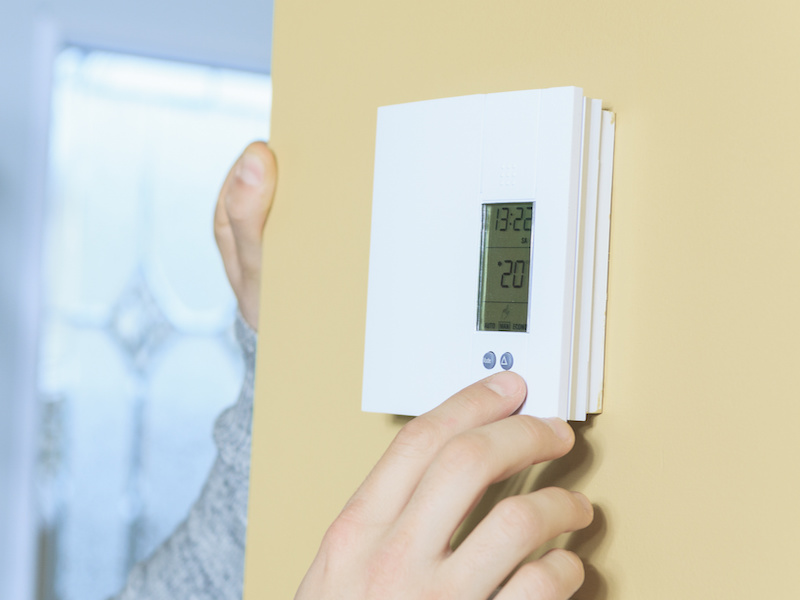

A new study linking gender and responses to temperature could have an impact on workplace productivity.
The study, which was published in the German-based, peer-reviewed scientific journal Plos One, included more than 500 participants. In each session, participants were given the same set of tasks for each temperature level, which varied from between 16.19 to 32.57 degrees Celsius.
The fact that women tend to prefer higher indoor temperatures, often referred to as the “battle of the thermostat,” is well-documented in popular culture and supported by survey evidence, noted the study, but the link between gender and temperature response hadn’t been previously examined.
Read: Employees divided on productivity, stress of work-space configurations: survey
The study found, when exposed to higher temperatures, women performed better on math and verbal tasks. Indeed, researchers highlighted the effects of temperature on women and men vary significantly.
“To address this gap, we ran a large laboratory experiment in which over 500 individuals were asked to perform a set of cognitive tasks (math, verbal and cognitive reflection), subject to experimentally manipulated indoor temperatures,” stated the paper. “We find that, for math and verbal tasks, consistent with their subjective temperature preferences, women perform better both on the extensive and intensive margins at high temperatures than at low temperatures.”
Women both attempt to solve, and correctly solve, more math and verbal tasks at higher versus lower temperatures, the study noted. The opposite is shown by men, who tend to perform better at lower temperatures. However, “in contrast to math and verbal tasks, temperature has no impact on cognitive reflection test performance for either gender,” added the paper.
Read: Personality-based seating charts boost productivity: study
The increase in female cognitive performance appears to be driven largely by an increase in the number of submitted answers, the study noted. “We interpret this as evidence that the increased performance is driven in part by an increase in effort. Similarly, the decrease in male cognitive performance is partially driven by a decrease in observable effort.”
And what does all this mean for employers? “Our findings suggest that gender-mixed workplaces may be able to increase productivity by setting the thermostat higher than current standards,” stated the paper.
